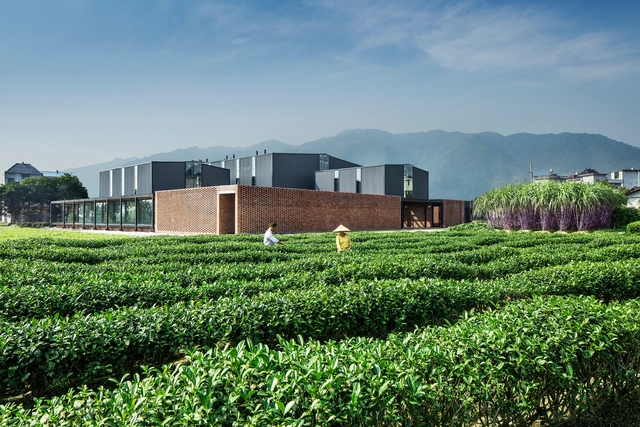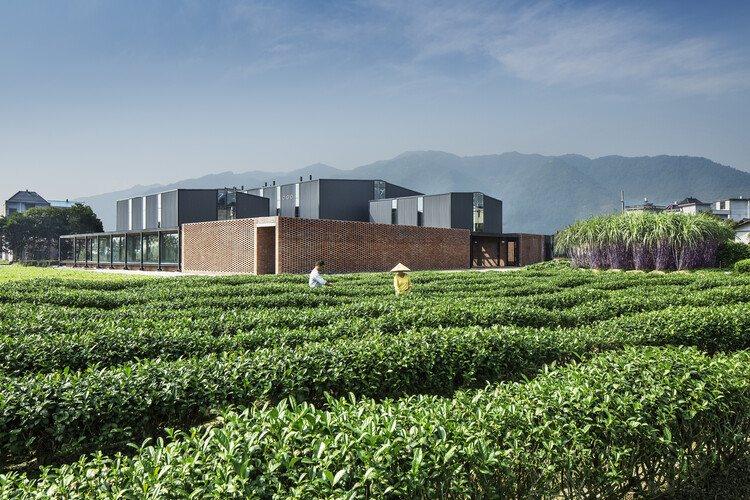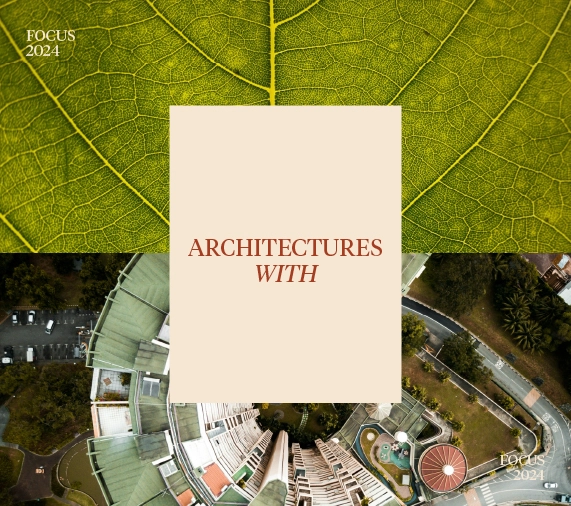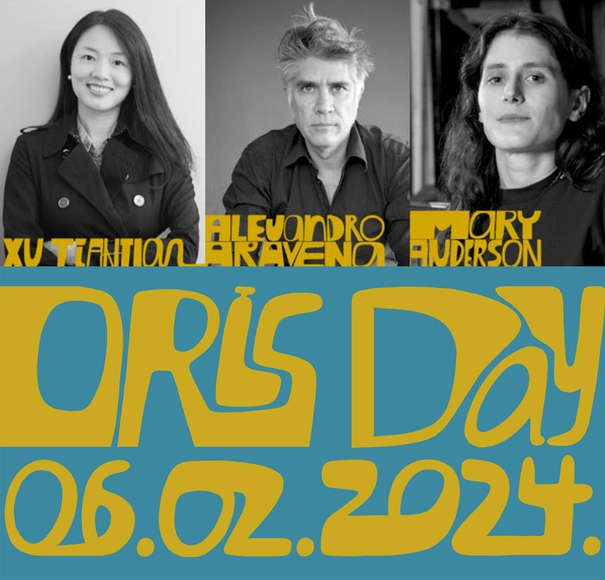
There is growing awareness around sustainability—and the environmental cost of prematurely demolishing safe, structurally sound buildings only to replace them with new construction. In the broader race to reduce carbon emissions, corporations and institutions are placing greater emphasis on ESG performance (environmental impact, social responsibility, and governance). Many now require carbon accounting, set "carbon-neutral" targets, or purchase carbon credits to offset footprints.
This shift, together with a wave of exemplary adaptive-reuse projects worldwide—Herzog & de Meuron's Tai Kwun in Hong Kong, Powerhouse Arts in Brooklyn, David Chipperfield's The Ned Doha, and Xu Tiantian's transformations of factories, quarries, and rammed-earth fortresses in China—has accelerated serious reconsideration of reuse as a primary development strategy. Yet despite its many benefits, adaptive reuse is still not as prevalent as it could be. Why and what might be the main obstacles and tensions?




















































.jpg?1553867198)


.jpg?1551411640&format=webp&width=640&height=580)
.jpg?1524158077)
.jpg?1524158077&format=webp&width=640&height=580)
.jpg?1524158612)
.jpg?1524163466)
.jpg?1524164629)
.jpg?1524158127)
.jpg?1524158212)
.jpg?1524163398)
.jpg?1524163448)
.jpg?1524163483)
.jpg?1524163637)